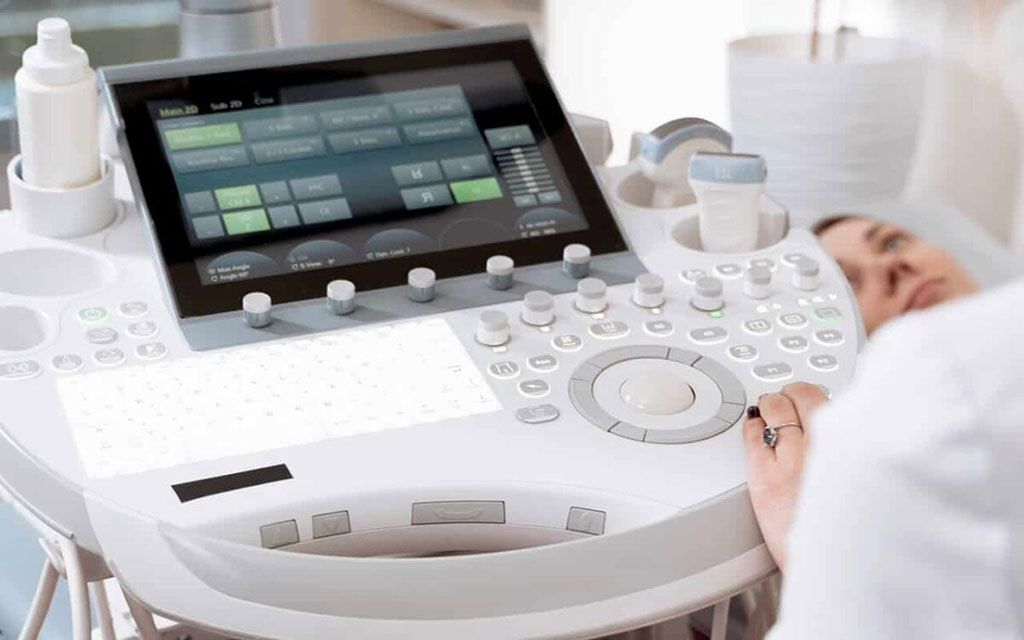New Deep Learning Diagnostic Tool Combines Two Ultrasounds for Accurate Breast Cancer Detection
Posted on 07 Feb 2022
A research team has developed a new diagnostic tool for breast cancer that combines two ultrasounds.
The breast cancer detecting deep learning model developed by researchers at the Pohang University of Science and Technology (POSTECH Pohang, South Korea) combines grayscale B-mode and strain elastography (SE) ultrasound imaging.

Ultrasound imaging is much safer and cheaper as compared to other diagnostic methods like mammography, X-ray, or MRIs and also allows in-depth observation of tissues. The grayscale B-mode ultrasound that clearly shows the lesion structure and the strain elastography ultrasound that shows the tumor density are commonly used for classification of breast cancer. Hence, the research team combined the two to maximize their strengths.
The study involved 85 patients with breast cancer confirmed by biopsy, including 42 with benign lesions and 43 with malignancies. The researchers separately trained two deep neural network models, AlexNet and ResNet, on combined 205 grayscale and SE images from 67 patients with benign and malignant lesions. The team then configured the two deep learning models to work as an ensemble and tested it on a dataset of 56 images from the remaining 18 patients. The researchers found that the deep learning ensemble model identified diverse features in the two different ultrasound images and successfully detected the presence of malignant tumors.
The deep learning ensemble model demonstrated an accuracy of 90% which was higher than the individual models (84% each) as well as the model that was trained using grayscale B-mode or SE imaging (grayscale 77%, SE 85%) alone. Interestingly, the individual model misclassified five patients while the ensemble model missed only two. So far, ultrasound imaging has been used in breast cancer classification although it was affected by a shortage of radiologists and poor imaging quality. The deep learning model developed by the researchers has been shown to improve the accuracy of breast cancer diagnosis.
“Using this deep learning model can achieve superior detection efficiency since it can accurately classify breast cancers in ultrasound images,” said Professor Chulhong Kim from the Department of Convergence IT Engineering, Electrical Engineering, and Mechanical Engineering who led the study.
Related Links:
POSTECH














